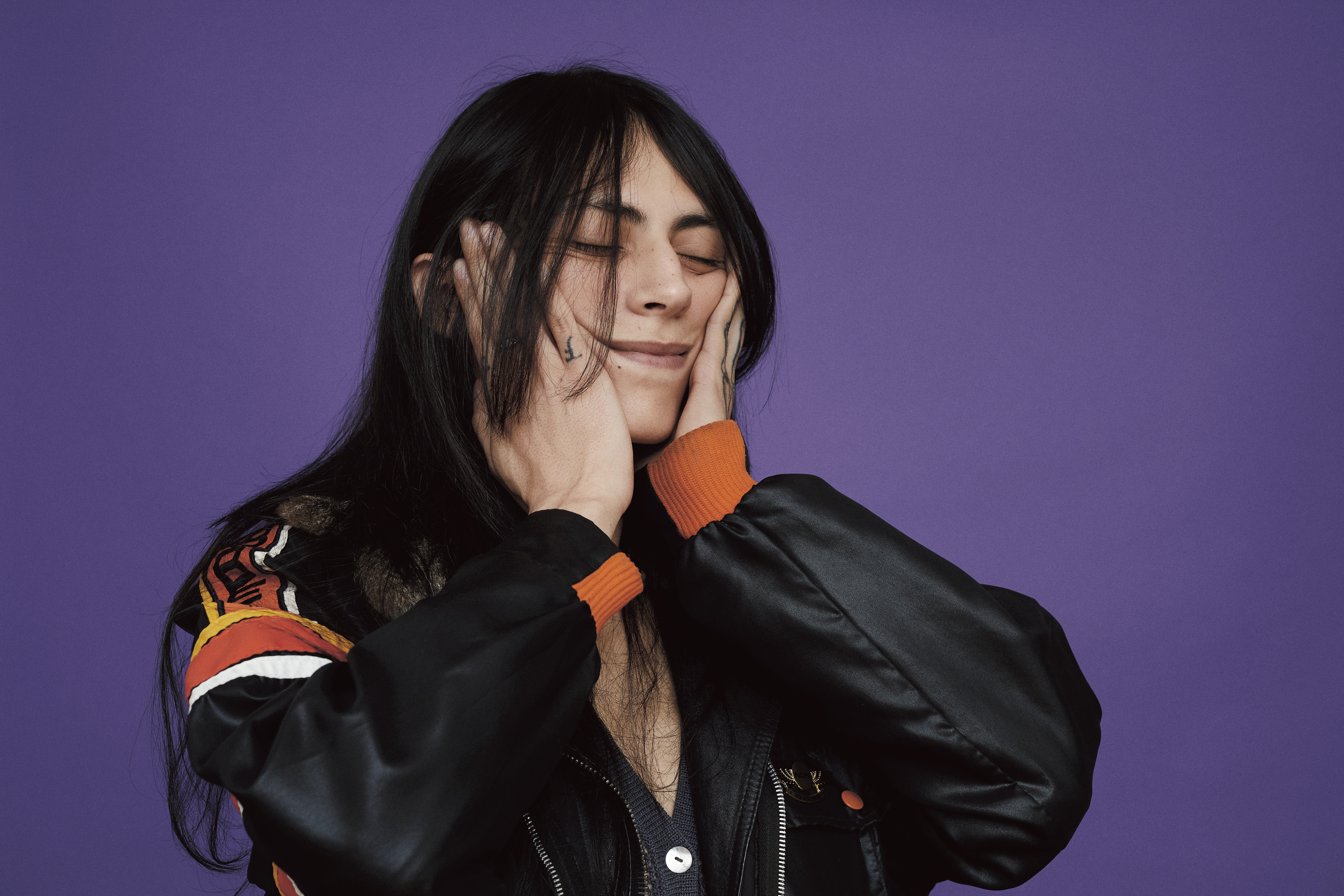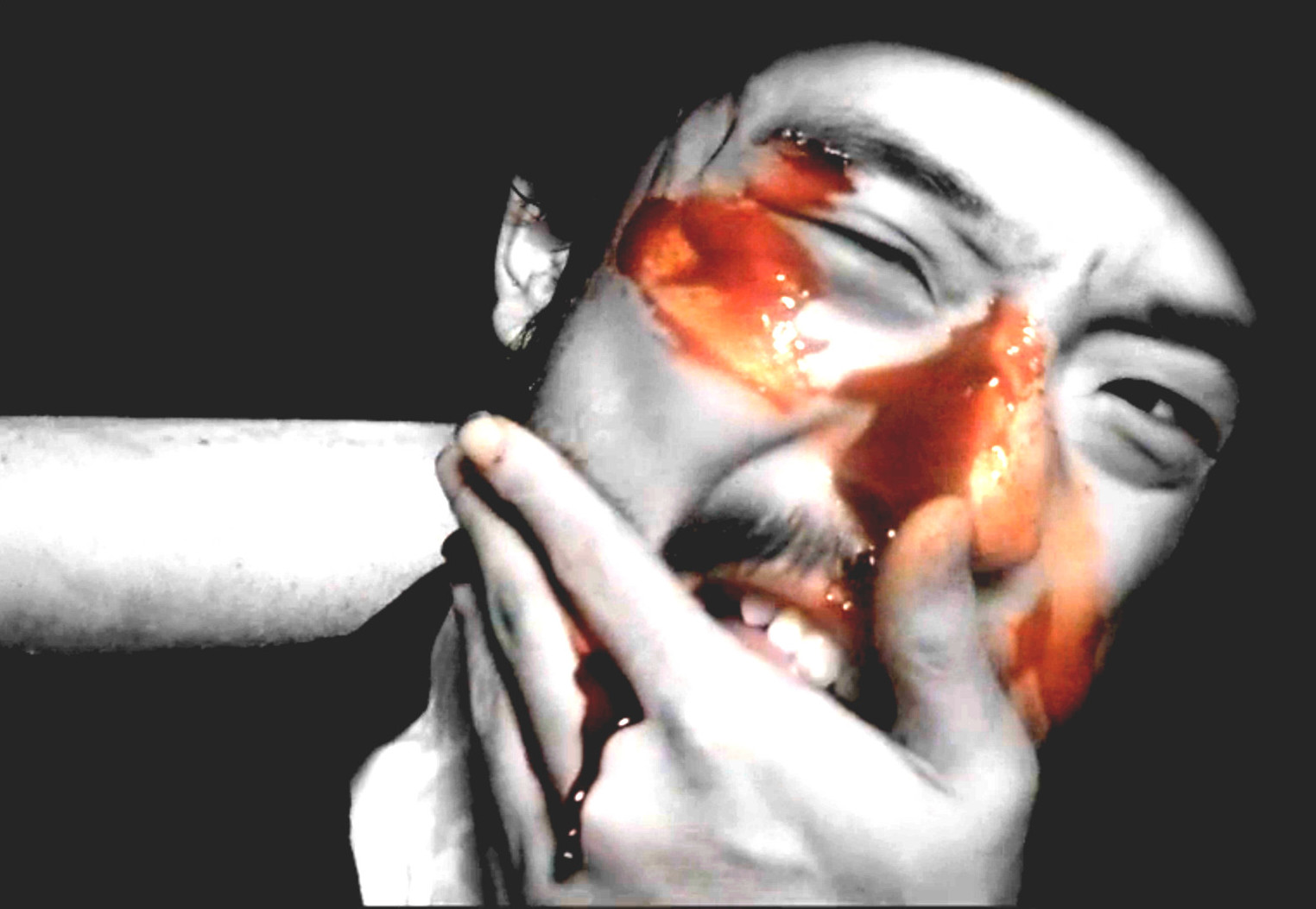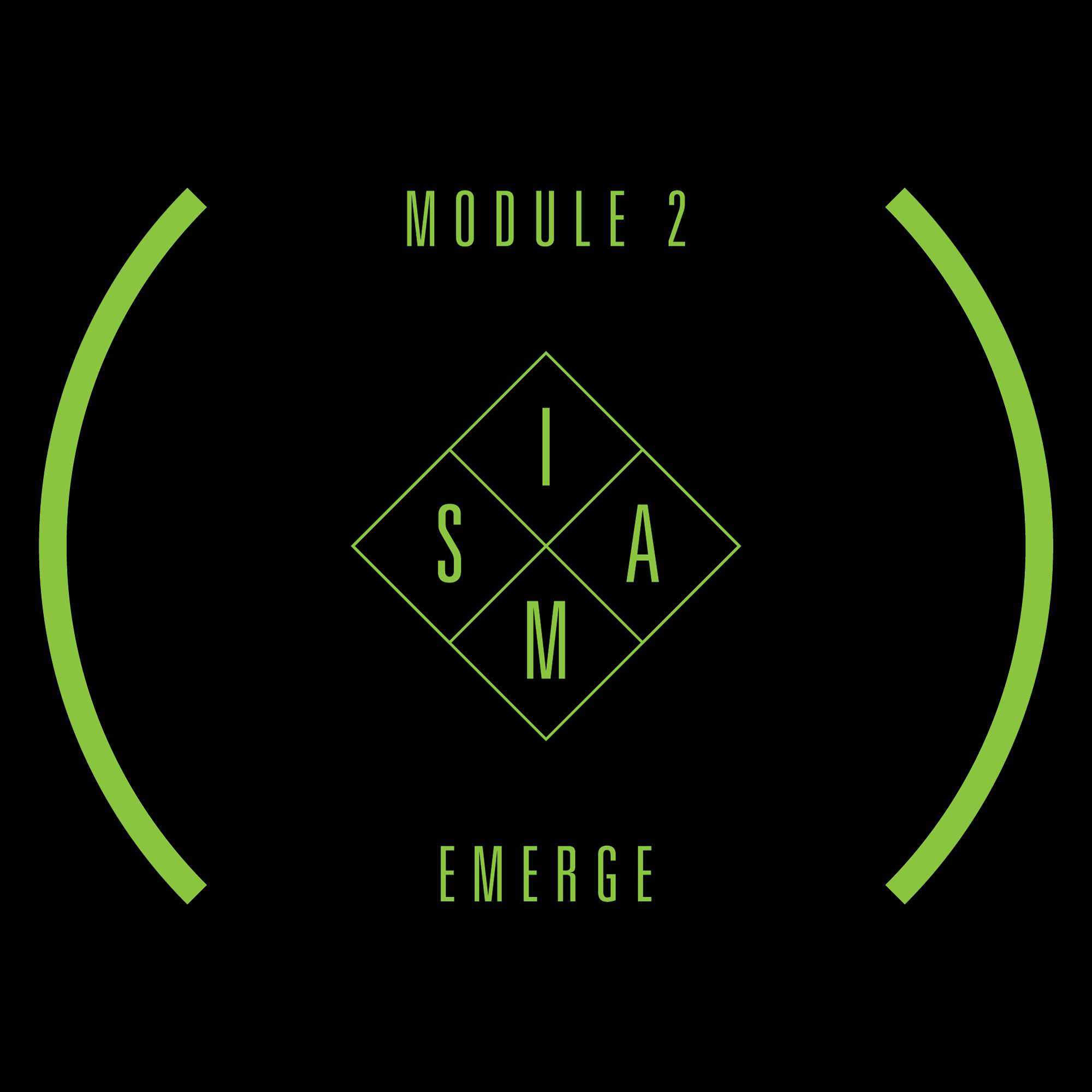Interview: Elysia Crampton
By Josh, 2017年 7月 24日
《 在Woooozy看中文版 》
Haven’t gotten excited about much on the Beijing live musicscape this year to be honest, but Split Works provides a welcome exception next month, when they host brilliant electronic music producer Elysia Crampton for gigs in Shanghai and Beijing as a precursor to their September Concrete & Grass festival. Crampton has just released her latest album, Spots Y Escupitajo, an experimental mix of fucked up DJ tags and dystopian club-crushers that sound like they’re aimed at human civilization a couple clicks past the point of no return. I’m a longtime fan of Crampton’s unique channeling of Native spirituality (she’s Bolivian Aymara), counter-colonial cultural flux and Latinx club/radio fluency (read Tiny Mix Tapes’ review of Spots for a solid intro to her vibe), so I was excited to chat with her briefly ahead of her China debut (Aug 5 @ ALL Shanghai, Aug 10 @ Dada Beijing):

photo by boychild
pangbianr: First I want to ask about your brilliant new album, Spots Y Escupitajo. How did you decide on the format, especially the first half of “spots”, which are all kind of jumbled and sonically overlapping samples rather than traditionally defined “tracks”?
Elysia Crampton: The spots are drops that I created, sonic signatures that I’ve used in all my music and edits from the jump. Within the format of the album, these drops work like sonic miniatures— brief, textured instances that can be treated as formal compositions in themselves.
pbr: Speaking of sampling, did you source the spoken callouts/DJ tags on the “spots” from anywhere in particular, or did you generate them yourself?
EC: I wrote them myself. The tags are my signatures, my way of scribbling on the track.
pbr: How do you intend for this album to be consumed? I find it a bit ironic that it’s released as a vinyl record, but sounds like a semi-random mash of sounds mimicking how one might “hear” an album over digital media — like partially downloaded YouTube videos, or a packet of Ableton clips. Do you have a desired effect in mind for someone to put the needle on the record and experience it as a traditional vinyl LP?
EC: Yea, I wanted to honor the legacy of native and latinx club and folk music within the coordinates of a more formalized, classical listening experience or environment— a way of uncompromisingly putting these often degraded club/folk tropes into the highly legitimized arena of the classical avant-garde. I hope that as an LP, these sounds can be looked at in a different context from audiences that would normally disregard them.

photo by Julia Grossi
pbr: Do you ever think of your music as a work in progress, or a collection of sounds readymade to be remixed? Some of the “spots” sound to me like raw material that could be repurposed or reinterpreted by other DJs/producers, people who skirt the line between “listener” and “creator”. Am I just making this up, or does this kind of ambiguity figure into your creative process?
EC: My music is always in motion, always in progress because, as Aymara, our being is always in a process of becoming— there was never this notion of a static, discrete culture or individuated self. Aymara culture is something that is activated in motion and through being shared, becoming with.
I write and arrange music anticipating other people’s engagement with it, as my work is an engagement with my family’s music and history, which includes other people’s work as well. There’s a passivity there that is crucial to understanding where I come from.
pbr: This album is coming out at a pretty intense cultural and political moment in the US, and identity has played a big part in your development as an artist. How have you packed your own experience, negotiating between identities as a Native American woman, born in Bolivia and coming to maturity in the US? Is there any political substratum in the music, or do you draw a strict line between art and politics?
EC: I can’t draw lines because that just isn’t how life works. From a settler standpoint, we’re taught to engage the universe through those colonial categories made up to sever and divide the universe into discrete objects, taxonomies and hierarchies of relationality. Science has to create the illusion of a stable point of reference just to arrive at its version of the world, which is so limiting and often cruel, speaking as a Native American. Life is a negotiation that has a textilic quality— we are woven into so-called ecologies and other things, braided together with what has been called nothingness, anti-matter.
pbr: What about religion and spirituality? What do you think music offers as a creative form of spiritual expression that isn’t possible to reach through visual art or iconography?
EC: Sound offers just that— a sonorous dimension beyond the fixed points of the ocular dimension. Sound offers us the possibility to “see” the paradoxes and superimpositions, the enmeshment and interwovenness that is often “flattened out” or restricted by or from the quantizing gaze. But again, speaking of sound and vision like they’re discreet objects is also a fallacy. sound and vision are always conjoined and work together beyond their own sensory allocation, braiding into the other senses in that synesthetic mess we would call becoming or experience.
pbr: On a related note, how do you go about selecting icons to represent your music, i.e., through your album art? Where does the image on the cover of Spots y Escupitajo come from?
EC: The imagery comes from the Aymara tradition. The figures on the sleeves and vinyl are that of ccoa or chuqui chinchay, the sacred feline figure who is guardian of the dual-gendered, and that I personally call my god.
pbr: In terms of craft, how does your practice differ when you’re creating tracks versus performing them live? Do the pieces on Spots Y Escupitajo fit together differently or more jaggedly when you’re performing than they do on record?
EC: There’s something I should have made more clear from the onset of this interview— this record is a special project I did with Vinyl Factory, it’s not meant to be seen as a formal release or album. I’m not touring to support this project, I’m touring to support my live show which has its own storyline based on the imagery of E. A. Poe’s Conversation of Eiros and Charmion and Churata’s Pez De Oro. The narrative of the show loosely follows the story of a comet that falls in love with earth. The show is a performance that is a little more pop and engaged than the spots y escupitajo project, with drums and higher energy tones and colors. The shows I do are their own thing with their own stories and formatting— I have yet to perform an album live, but you might hear some of my recorded catalog at any given performance.
pbr: Have you been to China before? Do you have any preconceived ideas, or is there anything you’re especially curious to discover while you’re here?
EC: I came to China once as a teenager. my brother brought me from Tokyo Bay. I recall eating a lot of jellyfish on the boat. I’m hoping to engage with the people that come to the show and get to know a little more about their dreams and struggles.
***
Elysia Crampton performs on SAT Aug 5 @ ALL Shanghai and THU Aug 10 @ Dada Beijing. She’ll also deliver a free workshop/talk on TUE Aug 8 @ ALL.








